Top 10 Bass Fishing Techniques for Beginners
If you're new to bass fishing, the strategies can be overwhelming. With so many types of gear, lures, and conditions, we are here to help.
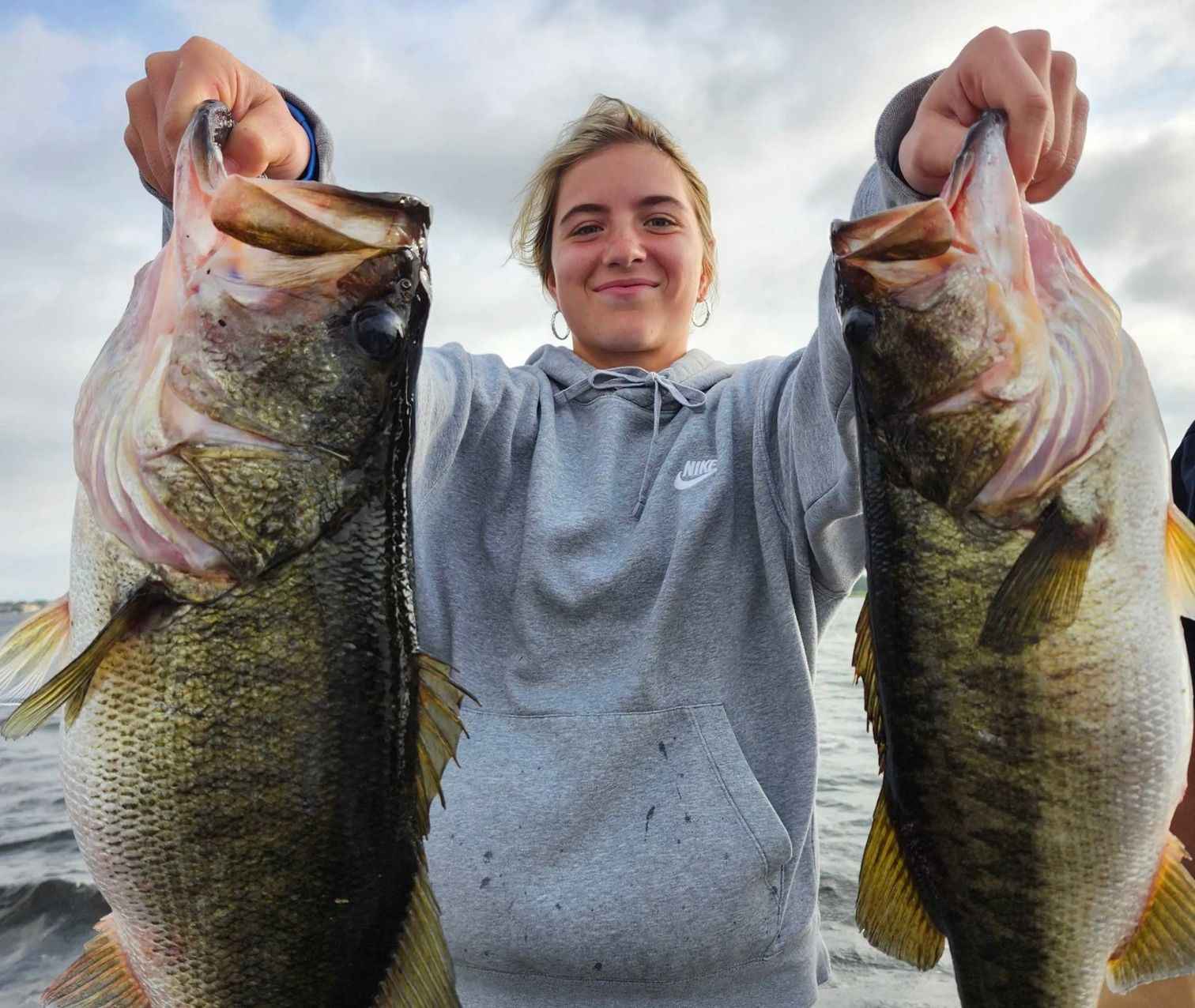
If you're new to bass fishing, the sheer number of techniques and strategies can be overwhelming. With so many different types of gear, lures, and conditions to consider, it can be difficult to know where to start. But don't worry! We've put together a comprehensive list of the top 10 bass fishing techniques for beginners to help you get started and increase your chances of landing that prized bass. By focusing on these fundamental techniques, you can build a solid foundation that will make you a more skilled and confident angler over time.
1. Choose the Right Gear
Before you head out, make sure you have the right gear. Selecting the appropriate equipment is crucial to your success and enjoyment on the water. A medium-heavy rod with a fast action tip is versatile and great for beginners. This type of rod allows you to feel the subtle movements of the lure and the fish, making it easier to set the hook at the right moment. Pair it with a quality spinning reel and 10-15 pound test line. This setup will help you handle a variety of lures and techniques, giving you the flexibility to adapt to different fishing conditions.
Investing in quality gear may seem daunting at first, but it can significantly enhance your fishing experience. A reliable rod and reel combo will not only improve your casting distance and accuracy but also reduce the chances of equipment failure when you hook into a big bass. Additionally, consider purchasing a tackle box to organize your lures and other fishing accessories, keeping everything readily accessible. As you gain more experience, you can gradually expand your collection of rods, reels, and tackle to suit specific fishing situations and personal preferences.

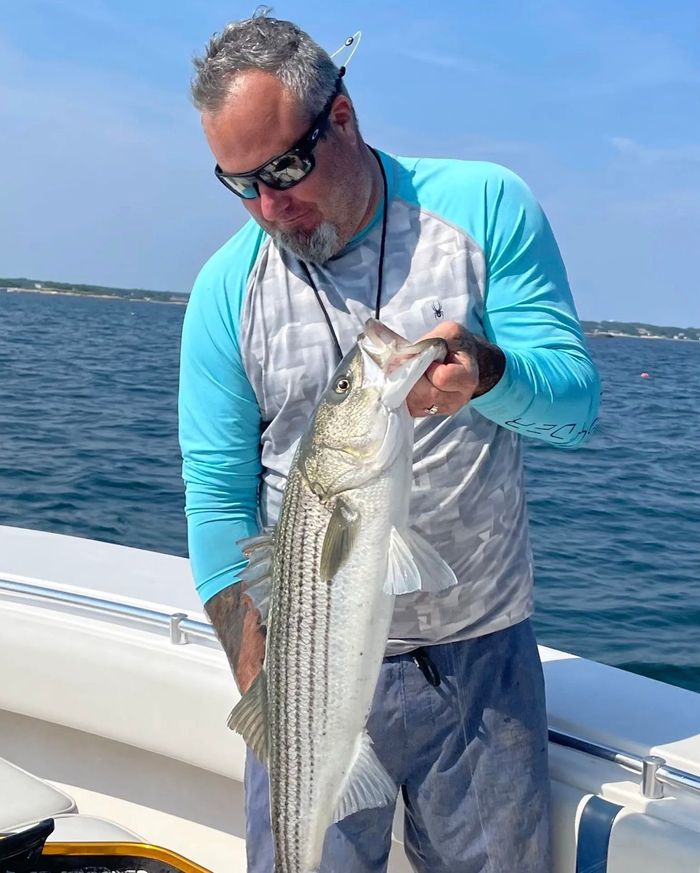
2. Learn to Cast Properly
Casting might seem simple, but mastering it can make a big difference in your fishing success. A well-placed cast can mean the difference between a missed opportunity and landing a trophy bass. Practice your casting technique in your backyard or a local park. Aim for accuracy and distance, as both are crucial for effectively presenting your lure to the fish. The better you can place your lure, the more likely you are to attract a bass and entice it to strike.
Overhead Cast
The overhead cast is the most basic casting method and a fundamental skill for any angler. Hold the rod at a 10 o'clock position, pull it back to the 2 o'clock position, and then flick it forward. Release the line when the rod tip is at about 11 o'clock. This technique provides a good balance of power and control, allowing you to cast your lure with precision. Practice this cast until it feels natural, as it will be the foundation for more advanced casting techniques.
Sidearm Cast
The sidearm cast is useful for casting under obstacles like tree branches or docks, making it an essential technique for fishing in areas with overhanging cover. Swing the rod sideways and release the line when the rod is parallel to the water. This technique allows you to keep your lure low to the water, reducing the risk of snagging on overhead obstacles. With practice, you'll be able to accurately place your lure in tight spaces where bass are likely to be hiding.
3. Use the Right Baits and Lures
There are countless baits and lures available, each designed to mimic different types of prey and trigger a bass's predatory instincts. However, beginners should start with a few basics to simplify the learning process and increase their chances of success:
Plastic Worms: These are versatile and effective, making them a staple in any angler's tackle box. Use them with a Texas or Carolina rig for different presentations. Plastic worms can be fished at various depths and speeds, allowing you to experiment with different techniques to see what the bass are responding to.
Spinnerbaits: Great for covering a lot of water quickly, spinnerbaits are ideal for locating active bass. The flashing blades and vibrating skirt create a commotion that attracts bass from a distance. They are especially effective in murky water or low-light conditions.

Crankbaits: These mimic baitfish and can be used at various depths, making them a versatile choice for targeting bass in different parts of the water column. Crankbaits come in a range of sizes and colors, allowing you to match the local forage and conditions.
Jigs: Ideal for fishing around structures like rocks and weeds, jigs are perfect for enticing bass holding tight to cover. The combination of a weighted head and soft plastic or natural trailer gives jigs a lifelike appearance that bass find irresistible.
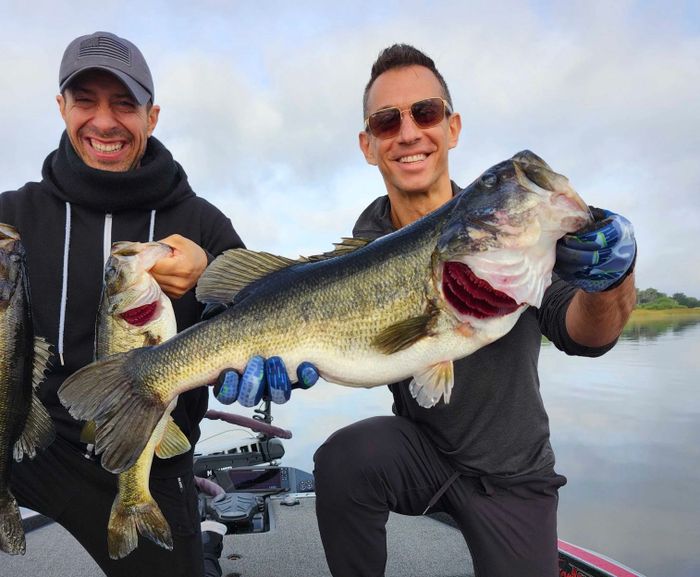
Experiment with these basic lures and take note of what works best in different situations. As you gain more confidence, you can expand your selection of baits and lures to include more specialized options.
4. Understand Bass Behavior
Bass are predatory fish, and their behavior changes with the seasons and environmental conditions. Understanding their behavior will help you choose the right fishing spots and techniques, increasing your chances of success. In the spring, bass are usually in shallow waters to spawn, making them more aggressive and easier to catch. During this time, focus on areas with sandy or gravel bottoms, where bass are likely to create nesting sites.
In the summer, bass move to deeper, cooler waters to escape the heat, often seeking shelter around submerged structures or vegetation. During this period, targeting deeper drop-offs, ledges, and underwater humps can be effective. In the fall, bass become more active again as they feed heavily in preparation for winter. Look for schools of baitfish near the surface and focus your efforts on these areas. In winter, bass become less active and move to the deepest parts of the lake or reservoir. Slow down your presentation and fish deep with jigs or drop-shot rigs to entice bites during this challenging season.
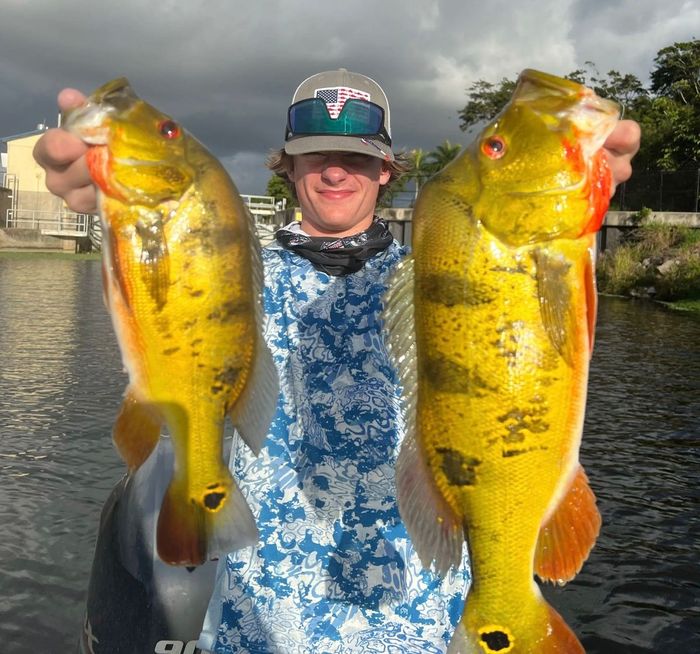 By observing the seasonal patterns and adjusting your tactics accordingly, you'll be better equipped to locate and catch bass throughout the year.
By observing the seasonal patterns and adjusting your tactics accordingly, you'll be better equipped to locate and catch bass throughout the year.
5. Fish at the Right Times
Bass are more active during certain times of the day, and understanding these patterns can greatly increase your chances of success. Early morning and late afternoon are usually the best times to fish, as the water is cooler and bass are more likely to be feeding. These periods, often referred to as the "golden hours," provide optimal conditions for bass to hunt and feed actively.
During these times, bass are more likely to be found in shallower water, where they are actively searching for prey. Avoid fishing during the hottest part of the day when bass are less active and tend to retreat to deeper, cooler areas. If you must fish during midday, focus on shaded areas or deeper water where bass may be seeking refuge from the heat. By aligning your fishing efforts with the bass's natural activity patterns, you'll increase your chances of landing more fish.
6. Focus on Structures
Bass love structures like rocks, logs, and vegetation because these areas provide cover and are rich in food. Understanding the importance of structure will help you identify the best fishing spots on any body of water. Cast your lure near these structures and work it slowly to entice a bite. Bass use these areas as ambush points, so presenting your lure in a way that mimics natural prey movements can trigger strikes.
Docks and Piers
Docks and piers are excellent fishing spots, especially during the heat of the day when bass seek shade. These structures provide cover and attract baitfish, making them prime locations for bass to hide and hunt. Fish the shaded areas around the pilings and experiment with different lures and presentations to see what works best.
Weed Beds
Weed beds are another great spot to find bass, as they offer abundant cover and food sources. Use weedless lures to avoid getting snagged and work your lure through the vegetation. Bass often patrol the edges of weed beds, so focus your efforts on these transition zones where open water meets the vegetation. By understanding how bass relate to different types of structure, you'll be able to locate them more consistently.
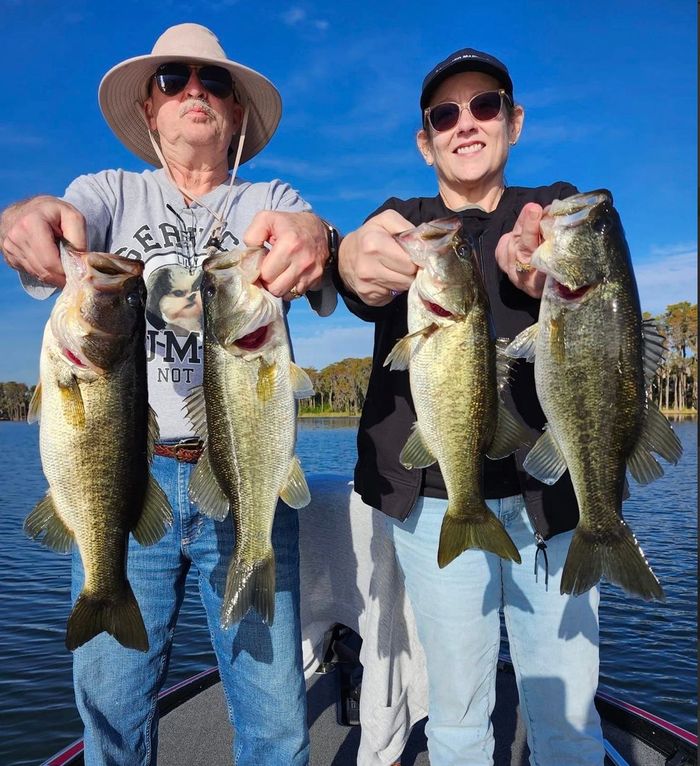
7. Master Different Retrieval Techniques
The way you retrieve your lure can make a big difference in attracting bass and enticing them to strike. Different retrieval techniques can mimic various prey behaviors, making your lure more appealing to bass.
Steady Retrieve
A steady retrieve is simple: just reel in your lure at a constant speed. This is effective for lures like spinnerbaits and crankbaits, which rely on their built-in action to attract fish. This technique is particularly useful when covering large areas of water quickly to locate active bass.
Stop-and-Go Retrieve
Reel in your lure for a few seconds, then pause. Repeat this process. The stop-and-go retrieve mimics injured baitfish and can trigger strikes from bass that are following your lure but hesitant to commit. The pauses create an erratic action that can provoke a reaction strike from curious or territorial bass.
Jigging
Jigging involves lifting your rod tip up and down while reeling in slowly. This technique is great for fishing with jigs or plastic worms, as it imparts a lifelike movement to the lure. Jigging can be particularly effective when fishing around structures or in deeper water, where bass are holding close to the bottom. By mastering these retrieval techniques, you'll be able to adapt your presentation to match the mood and feeding behavior of the bass.
8. Pay Attention to the Weather
Weather can have a significant impact on bass fishing, influencing their behavior and feeding patterns. Overcast days are often better for fishing because bass are more likely to be in shallow waters and actively feeding. The reduced light levels make bass feel more secure and willing to venture into open areas in search of food.
On sunny days, bass tend to move to deeper, shaded areas where they feel more protected from predators. Focus on fishing near structures that provide shade, such as docks, overhanging trees, or submerged vegetation. Wind can also be beneficial, as it stirs up the water and makes bass more active. Windy conditions can create surface disturbances that attract baitfish and, in turn, draw bass to feed. By understanding how different weather conditions affect bass behavior, you can adjust your strategy to increase your chances of success on the water.
9. Use Electronics
If you have access to a fish finder or depth finder, use it to locate schools of bass and structures underwater. These tools can give you a better understanding of the water you're fishing in and increase your chances of finding bass. Fish finders can help you identify drop-offs, submerged structures, and other key features that may hold bass.
By interpreting the information provided by your electronics, you can make more informed decisions about where to fish and what techniques to use. Additionally, depth finders can help you determine the optimal depth to present your lure, ensuring that you are fishing in the strike zone. As you become more familiar with using electronics, you'll be able to fine-tune your approach and target bass more effectively.
10. Practice Patience and Persistence
Bass fishing requires patience and persistence, as success often comes to those who are willing to put in the time and effort. Don't get discouraged if you don't catch anything right away; fishing is a learning experience, and every outing provides valuable lessons. Keep practicing and trying different techniques, and don't be afraid to experiment with new lures or approaches.
The more time you spend on the water, the better you'll become at reading the conditions and knowing what works. Over time, you'll develop a deeper understanding of bass behavior and the subtle nuances that can make the difference between a successful day on the water and a frustrating one. Remember that even the most experienced anglers have days when the fish don't cooperate, so stay positive and enjoy the experience of being outdoors.
Final Thoughts
Bass fishing is a rewarding and enjoyable activity, especially when you start to get the hang of it. By using the right gear, understanding bass behavior, and practicing different techniques, you'll be well on your way to catching your first bass. Remember, the key to success is patience and persistence. With each trip, you'll gain more knowledge and confidence, making you a more skilled and effective angler.



